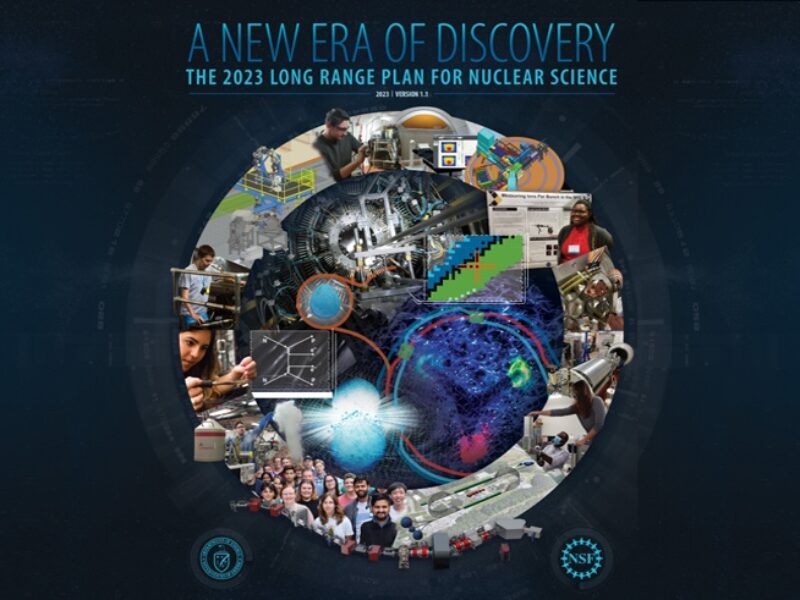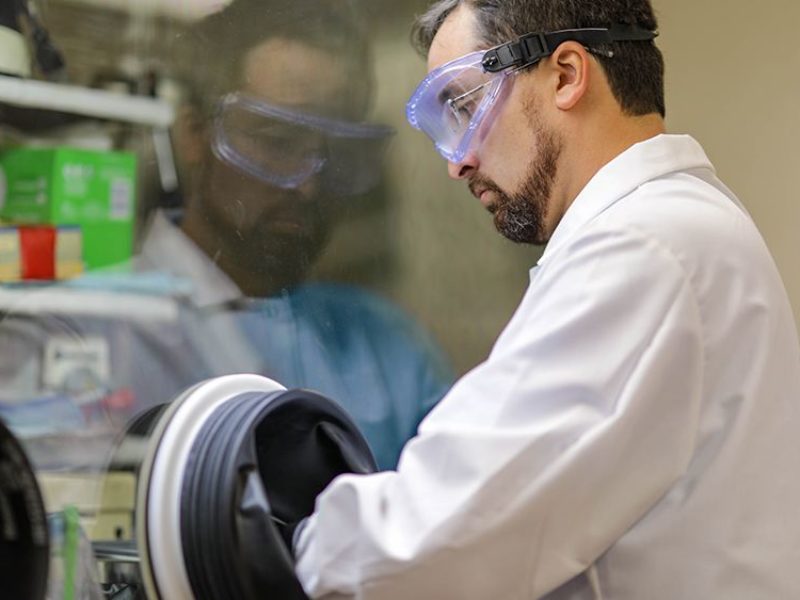Texas A&M Professor Developing Cost-Saving Methods For Nuclear Microreactor Physical Protection Systems

A two-year, $400,000 grant from the U.S. Department of Energy’s (DOE) Nuclear Energy University Program (NEUP) is helping a Texas A&M University nuclear engineering researcher create cost-effective methods for the development of physical protection systems (PPS) for nuclear microreactors.
Microreactors are compact nuclear reactors that can produce up to 10 megawatts of thermal power and can be transported to areas with energy challenges — such as remote residential areas or military locations, according to the DOE.
Karen Kirkland, professor and associate department head in the Department of Nuclear Engineering at Texas A&M, is the principal investigator of the grant’s project. She explained that a PPS integrates people, procedures and equipment to protect assets or facilities against theft, sabotage or other malevolent intruder attacks. However, the current requirements for commercial nuclear reactor PPSs lead to oversized microreactor PPSs.
An oversized PPS leads to inefficiencies in both up-front capital expenses to design and build the PPS and ongoing operational security costs. Kirkland’s new design methods look to address this by creating PPSs that are appropriately sized while keeping a high level of security.
A key to the technological contribution of the research is combining consequence modeling with security design and a safety-security framework. This combination would set the groundwork for future justification in reactor PPS design.
Consequence modeling is planning and preparing for possible accidents from processes or hazardous materials and their effect on people, the environment and the process. Security design uses buffers — from trenches, moats and fences to security personnel, access control and electronic security — to protect and secure the reactor site.
Kirkland is not doing this alone. The project collaborates with researchers at the Georgia Institute of Technology and Sandia National Laboratories, which Kirkland says is enabling the new technology for the microreactor PPS design.
“My colleague at Georgia Tech is an expert on dose estimations and radiological safety and is gaining exposure in the areas of security and reactor safety. The Sandia collaborator is a security expert,” Kirkland said. “As a team, we are teaching each other and promoting a collaborative effort that the three of us could not conduct individually.”
By 2023, in the grant’s second year, the team will evaluate the success of the new methodology. Kirkland says if successful, this new methodology will not only provide a means for cost reductions of future builds, but it will also maintain or possibly increase the security of reactors and promote the NRC’s efforts to credit safety features of advanced reactors through proposed amendments to current physical security regulations.
This article by Justin Elizalde originally appeared on the College of Engineering website.





